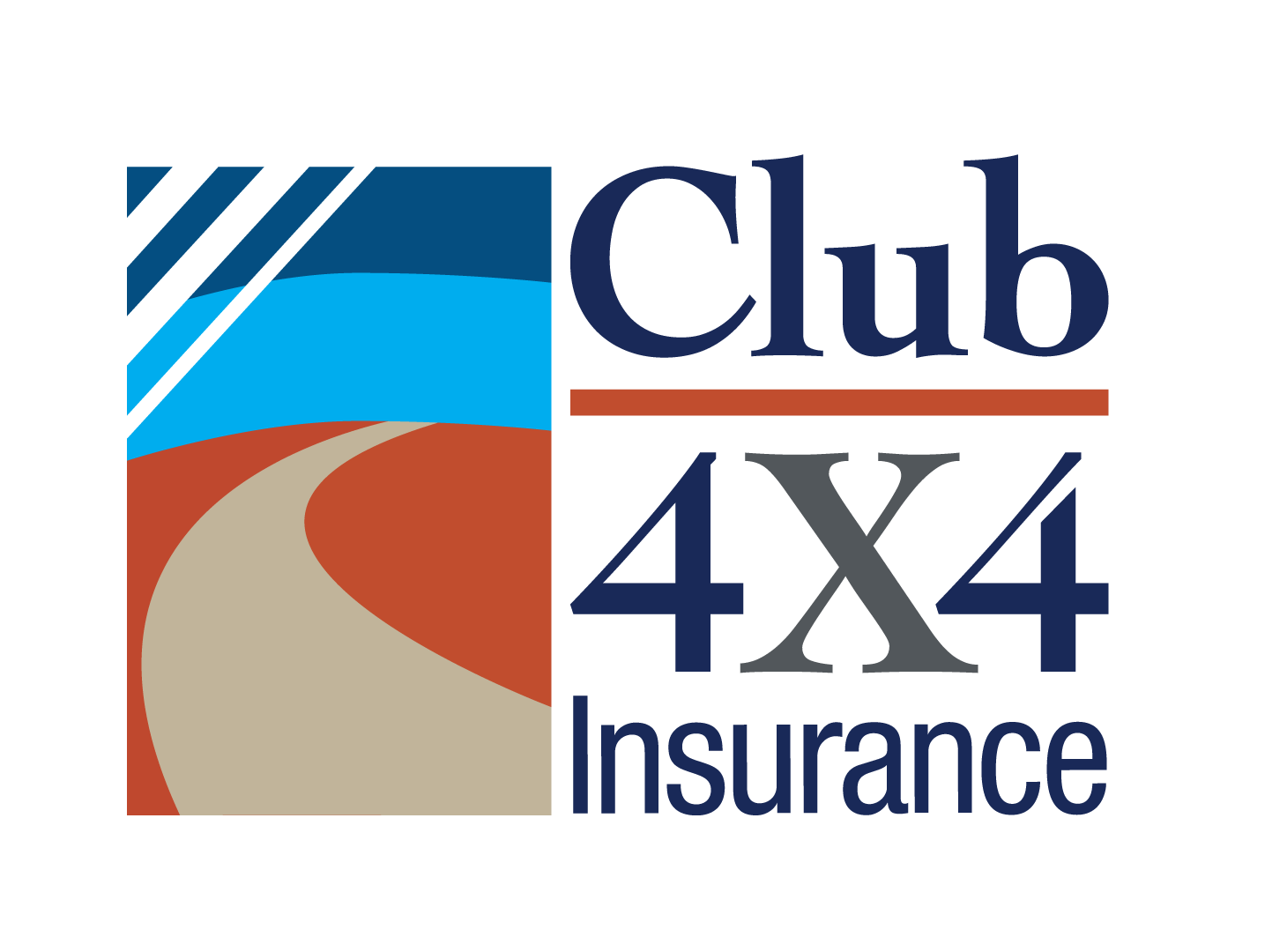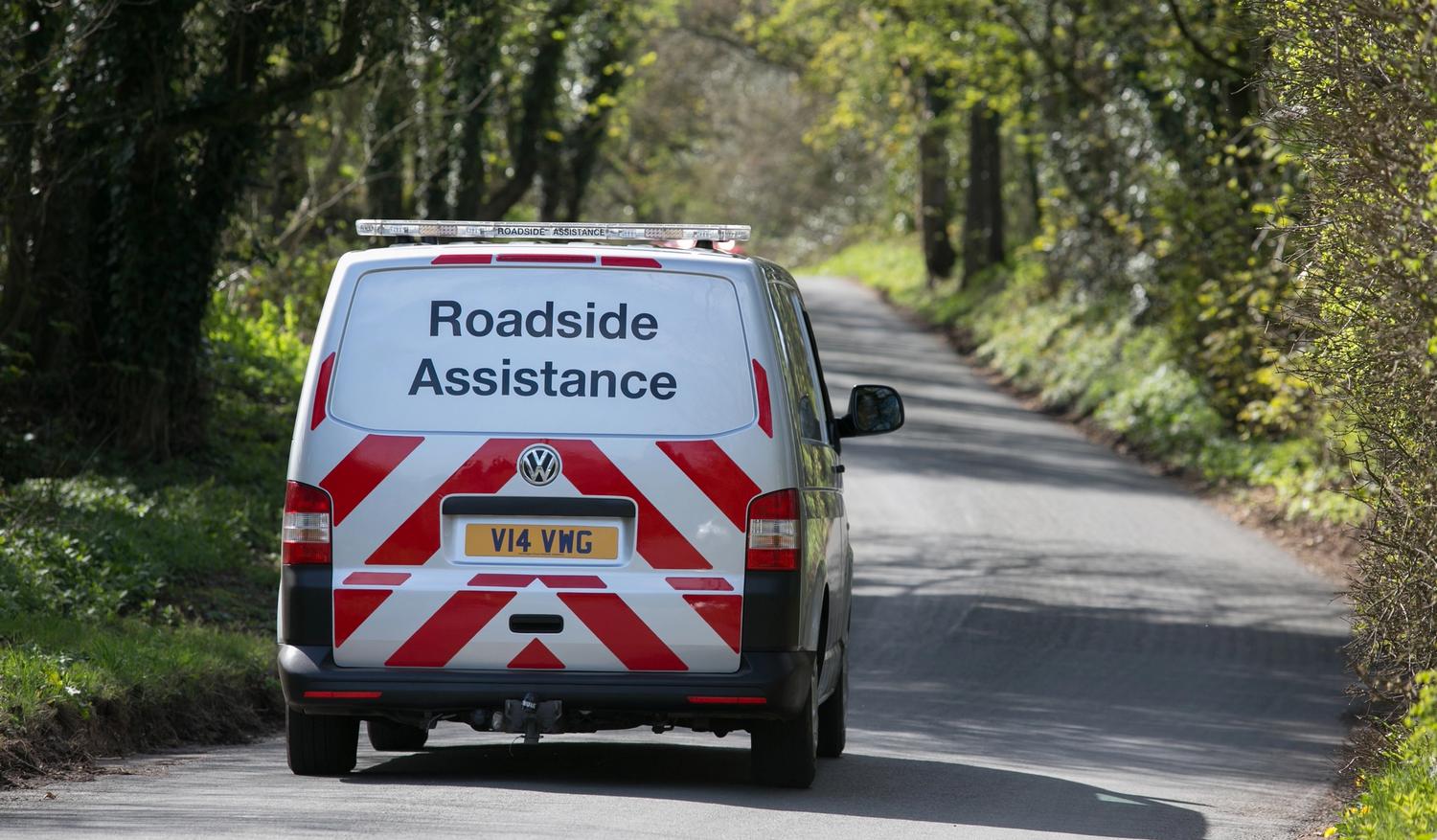While at The Big Red Bash last week, I heard about a couple that had broken down at Poepel’s Corner while on their way to the Bash. They had experienced a mechanical breakdown while crossing the Simpson desert, (an unsealed but gazetted road). They had taken out the highest level of roadside assistance cover with one of the big motoring service companies and figured everything would be OK following assurance over the phone that they would be covered for their Simpson crossing because technically it is a Gazetted road.
I can only imagine their surprise when they called their provider, only to be told that because they were slightly off the track when the incident occurred and there was no 2WD access that they were pretty much on their own, except for the ability to claim some accommodation costs.
The end result was that they had a 2 week wait for a tow at a to cost them of $5,500.00. This was simply for the towing company to turn up and consider towing them back to Mt Dare. Luckily some good Samaritans gave them a ride to Birdsville, camper trailer in tow, even going so far as to drop it off at the Big Red Bash and arranging for another friend to get them back to Birdsville after. Even more impressively, these people wouldn’t take anything for the trouble. Right now though, their vehicle sits out in the Simpson Desert waiting a tow.
I don’t know about you, but I would be very frustrated if I had taken the top level of cover from one of these providers to only be told ‘sorry, but we can’t help you’.
The message loud and clear is that you need to read and understand the fine print when taking out cover against something going wrong (whether it be insurance, roadside assistance or any kind of coverage).
When you delve into the detail (even briefly, as I have) a very different picture emerges of the service you can expect vs what you might have been led to expect. I researched 3 large motoring services organisations and the cover they would provide in the above situation, and learned a number of things.
I’m not going to name these organisations for the fact that this is not about shaming anyone, it is simply about making you aware that if you have roadside assistance cover, there are a number of things you should be aware of. I encourage you to take the following points and do your own research into the terms and conditions of any cover you have so that you are not surprised if something goes wrong.
Note: all of my information was collected from the websites of the providers.
GVM and weight limits
Of the three major providers I researched, one excluded any form of towing cover if you had a vehicle over 3 tonne GVM. I’m pretty sure that’s most 4WD’s these days! Sure, they’ll still give you a tow, but at your expense. The other two had 8T and 10T limits for their top level of cover, but less for other tiers. Make sure you know that the cover is suitable for the weight of whatever you are taking somewhere remote.
Limited cover for ‘specialist’ recovery (if anything other than a standard tilt tray is required to recover you)
By this, I mean cover for recovery where the tow vehicle is not a standard tilt tray 2WD. I found that all of the providers either wouldn’t cover any tow for bogged vehicles, or would limit your cover to $250.00 for a tow requiring anything more than your run of the mill tilt tray. So if you get bogged somewhere that isn’t right on the gazetted road (and in some cases, even if it is on the public road), you might not have any cover for a recovery. It’s the same for breakdown unfortunately in most cases.
What distance will they travel to help you?
A number of providers will limit the distance they will come to you from their regional depots. You need to check how far that is and understand if it is sufficient if you get stuck the furthest you will be from anywhere on your journey. Or you could face a rude shock, and an expensive bill because you are up for the full cost of the recovery.
Gazetted Roads
In the situation of the couple above, the couple were told they were covered on gazetted roads. While this may technically be true, I’ve found that all of the policies I looked into had further restrictions on this, as well as exclusions.
All of the providers stipulated that the assistance was generally limited to places where it was safe for a 2WD vehicle to access, which the couple above clearly were not told. Some went as far as to say they won’t cover public roads if it won’t safely allow for two way traffic, and one stated help was limited to not needing to leave a constructed road or driveway. Others explicitly excluded beaches, national parks, fields, parks and ovals, tracks and logging roads.
Still, some wordings suggest that they wouldn’t necessarily help you if you were just off the road in question. Others stated that they wouldn’t travel to areas where the safety of their people might be at risk.
So even if you are told you are covered on a gazette road, look for further conditions and understand what they are because there are plenty of exclusions.
Obligation to provide assistance
In every policy I researched, there was a clause that states that if the provider made reasonable efforts to help but was unable to get you towed, then you are on your own. Yep, the ultimate discretion on whether to help you rests with them. And you have no rights if they decide they can’t help you in most cases.
I admit that I have only done a quick review of the policies, and I strongly encourage you to do your own homework, but in most of the cases, if you are touring country areas in Australia and you are not within 200km of a town, or you are on an unsealed road, chances are that you will end up paying for the tow which you think you are covered for.
Sure, there are emergency situations where you get accommodation and other benefits which could come in handy, but if you are travelling these areas, chances are that accommodation is not your biggest issue.
Offroad recovery cover comes with every Club 4X4 policy
Club 4X4 does offer off-road recovery cover to help bridge this gap – there is $1,500.00 of cover with every policy, which can be increased to $15,000 or $30,000 of you are going to be travelling remotely. (Find out more about Offroad Recovery Cover and How to use it)
If the couple in this story had taken a policy with Club 4X4, they would have had a minimum of $1,500.00 of cover to offset the $5,500.00+ of recovery cost, which after the excess payable reduces the callout fee to $3,200.00 which is a significant saving. If they had taken our most popular option of $15,000 of recovery cover, then getting the tow provider from Mt Dare to come and look at recovering them would have cost $475.00 rather than $5,500.00.
I’m not writing this to name or shame anyone, simply to highlight the myriad of conditions that you agree to when taking out this cover, which means that you will end up footing the bill, or even that the assistance you expect you will get may not eventuate.
The message: READ THE FINE PRINT, or risk a nasty and expensive surprise if you happen to get stuck or something goes wrong.
I hope you’ve found this useful and that it drives you to look into your cover in more detail so you avoid a rude surprise if you breakdown traversing one of the amazing dirt roads around this country. That’s what you bought a 4X4 for isn’t it?
Aiden


